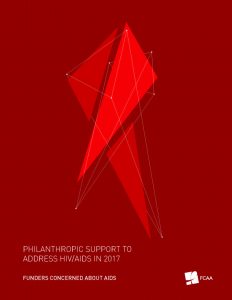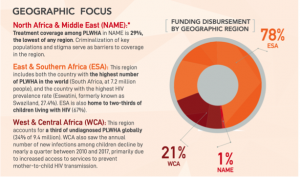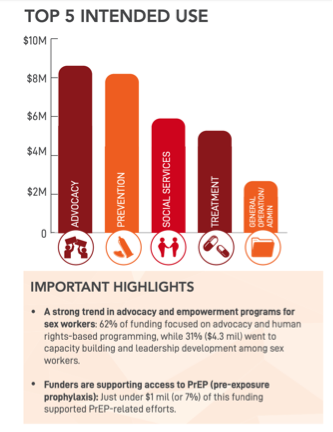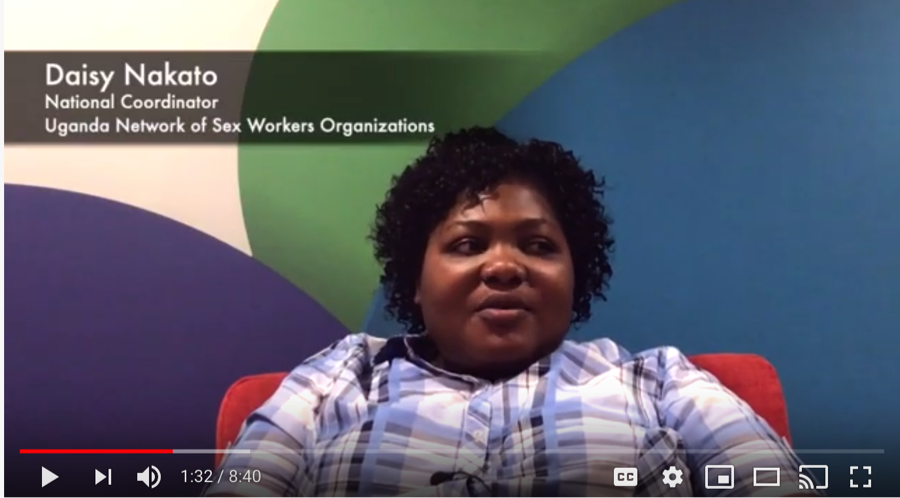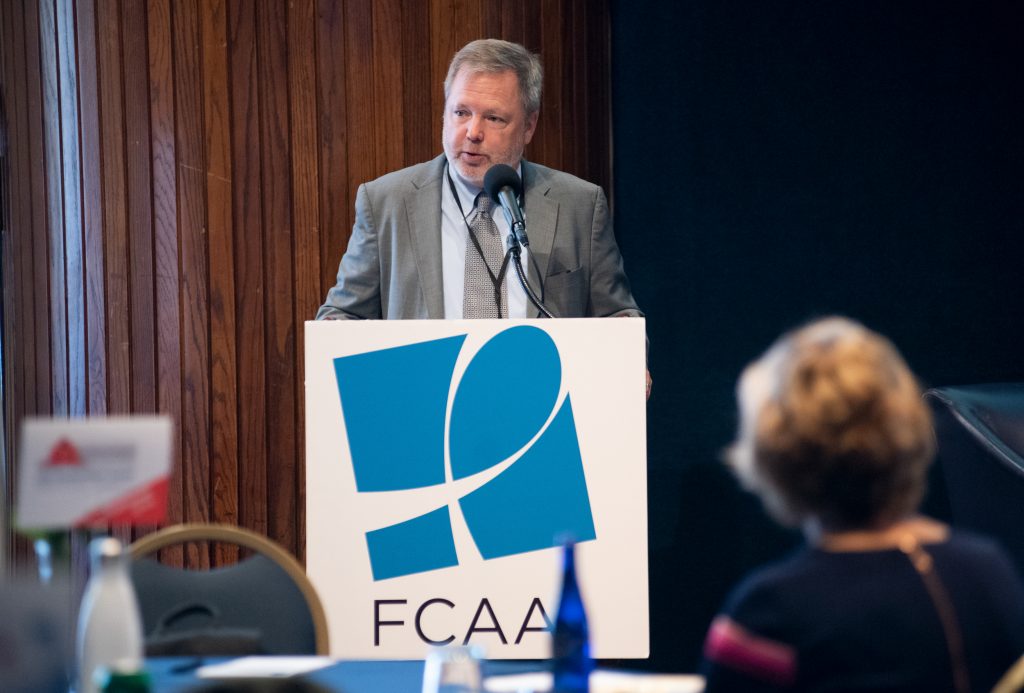Wrapping Up 2019
Whoosh. That sound you just heard? It was 2019 flying by. Though it’s hard to believe the year is nearly at its conclusion, we have reached the time when we take stock of what has been accomplished and what we can anticipate in the coming 12 months. So here we go…
This past year, as we as worked to strike a balance between prioritizing HIV and integrating it into broader efforts to address healthcare and human rights, FCAA found ourselves asking: what does it mean to be an HIV funder?
An important part of FCAA’s role is providing the context for HIV funders to effectively answer that question, as well as many others. In 2019, as we have done for the past 16 years, we relied on our resource tracking data to help.
With an overall decrease of $37 million in philanthropic funding for HIV and AIDS as our starting point, we drilled further into the data. In partnership with the Africa Grantmakers’ Affinity Group, we looked at philanthropic funding in Africa.
We also assessed funding for sex workers and people who inject drugs.
Regardless of how you define what it means to be an HIV funder, this data is critical to mobilizing resources and ensuring that they are deployed for greatest impact.
Certainly, being an HIV funder in 2019 meant supporting the Global Fund’s Replenishment efforts, which FCAA did through blogs and media efforts. And, of course, it meant celebrating when the Replenishment was successful in mobilizing $14.02 billion for the next three years.
Being an HIV funder in 2019 also meant taking note when President Trump committed, in his State of the Union address, to ending HIV transmission in the U.S. by 2030 – and preparing to hold him accountable. Despite his words, the President’s actions often ran counter to the needs of those most impacted by HIV and AIDS; the populations most vulnerable to oppression, stigma, and structural barriers to treatment and prevention.
For example, in March Secretary of State Pompeo signaled changes to the enforcement of the Expanded Mexico City Policy (aka the Global Gag Rule) – the EMCP. In short, with these changes, organizations, donor governments, and foundations will now find themselves bound by a U.S. government policy, even if they do not accept any U.S. government funding. Any money that flows through a gagged organization, regardless of the funding source and where the funding is headed, will also now be gagged. With much clarification still needed, FCAA wanted to prepare funders for this change. We invited a panel of experts to provide an overview of the EMCP and its early impacts in a webinar. The discussion provided an overview of the Rule and the evidence of the harm it can cause. While discouraged by the policy, funders were also energized by some of the immediate actions noted during this conversation.
In addition, when the Administration’s restrictive policies forced Planned Parenthood – along with many state and local health clinics – to withdraw from Title X funding, we didn’t hesitate to issue a call to private funders, along with state and local governments, to step up as part of the effort to fill this gap.
Sex workers are at 13 times greater risk of contracting HIV than the general population. Does it not follow that being an HIV funder means understanding the unique needs of this community and identifying the most effective ways to support it? We certainly think so, which is why we convened a diverse set of stakeholders to delve into the issue at our Spring Convening this past April. A panel discussion highlighting the impact of FOSTA-SESTA legislation in the U.S., featuring three trans women of color, was particularly compelling.
People who inject drugs (PWID) – who are 22 times more likely to acquire HIV than the rest of the global population – also are a critical population within the response to the epidemic. FCAA launched a series of blogs in 2019 in which we spoke to funders focused on this issue and looked at some of the programs having the greatest impact.
We heard, at both the April convening and in the Harm Reduction blog series, that funders must think local – at the community level. This is where some of the most effective strategies are being developed and implemented. Yet, this also is an area that remains under resourced. Continuing a conversation, we began in 2018, FCAA produced a video highlighting best practices and key themes intended to support this “Last Mile Funding.”
Being an HIV funder inevitably means using any microphone handed to you – and grabbing one, when necessary – to serve as a vocal advocate. At our recent AIDS Philanthropy Summit, we talked about the need to keep AIDS in the headlines.
Because those of us in this community are well versed in the enormous challenges that continue to exist in the fight against the epidemic, we forget that the conversation is not as prevalent in the mainstream media. Hearing stats like those shared by DaShawn Usher, Programs Officer for Communities of Color at GLADD, was a wakeup call. At the Summit, he explained that, in the past four decades, there have been only 22 songs, 54 TV programs and 123 films about HIV/AIDS. That may sound like an adequate amount, but over the course of nearly 40 years, it’s far from it.
As I mentioned in a recent POZ article, greater attention in the media will help the philanthropic sector — as well as government appropriators — to build a case for continued and increased resources for HIV/AIDS. It will further help grantmakers to understand how the current epidemic impacts their funding priorities and communities. We live in a time of relentless media “noise” – but that can’t deter us from picking up that microphone any chance we get.
We ended this year’s Summit by asking the question with which I began this piece: What does it mean to be an HIV funder? If you ask 10 funders, you may well get 10 different answers – the lines that have defined our role decades ago have become increasingly blurred. But the underlying need is no less urgent. Our role – whether we call ourselves an HIV funder or a funder concerned about HIV or something else entirely – is to mobilize resources to save lives.
We are headed into a frenzied 2020. The U.S. presidential election. AIDS 2020. The 10 year countdown to reaching the Sustainable Development Goals. And, of course, the publication, early in the New Year, of FCAA’s own data tracking report, Philanthropic Support to Address HIV/AIDS. With information from the report in hand, our community will have greater insight into existing resource gaps and areas where we may be able to have immediate and long term impact.
The pace is only picking up. Whatever transpires in the next 12 months, I know this community is ready to face it together. Let’s all take these last few days of the year to rest and revitalize. Come January, we will hit the ground running!
